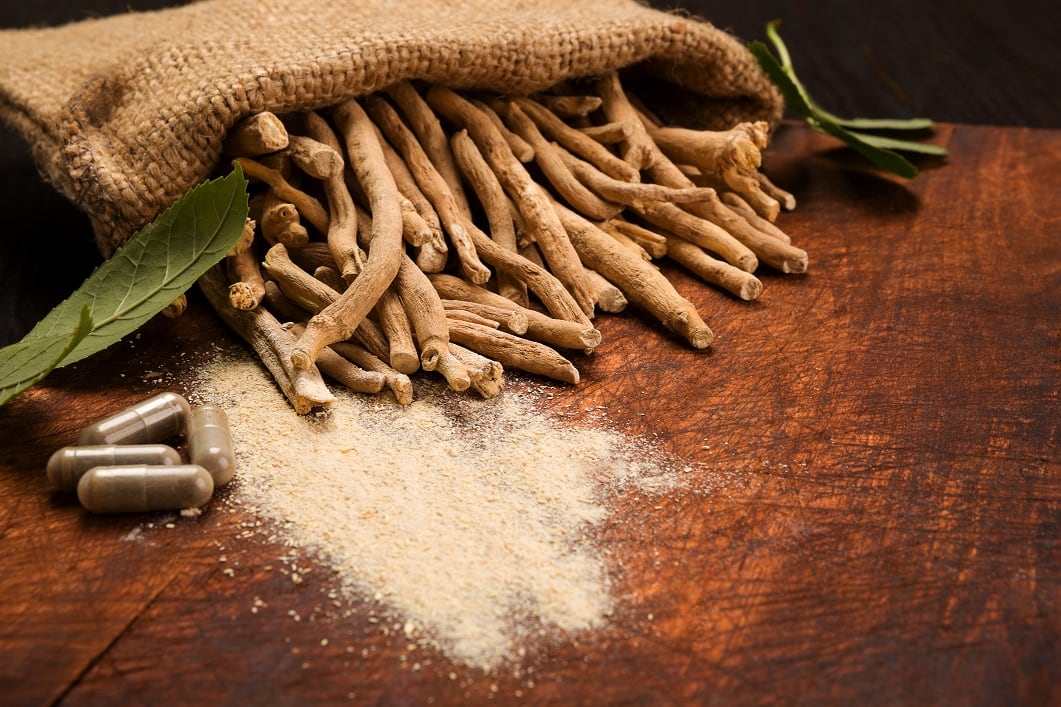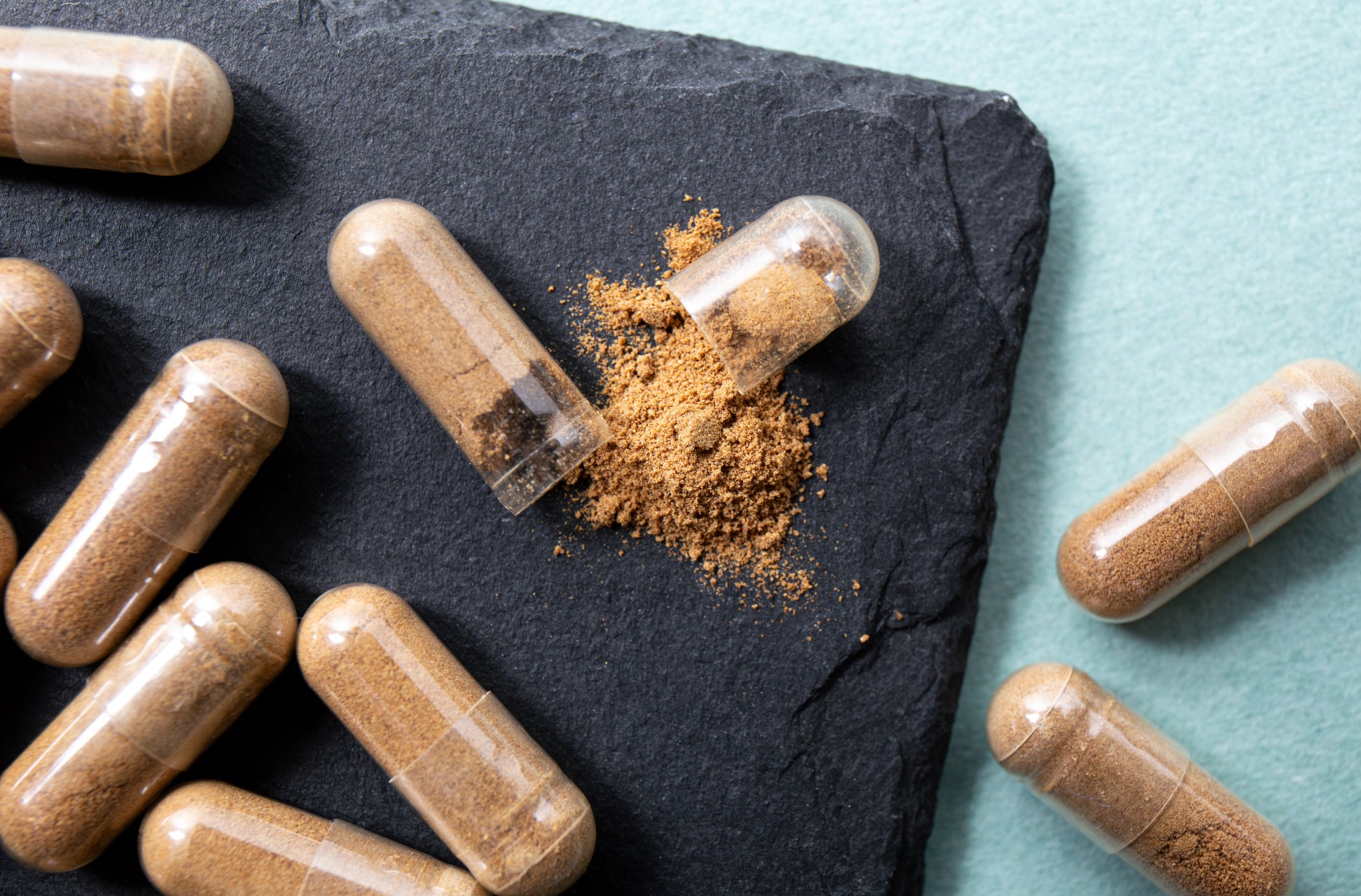Published in the journal Phytotherapy Research, the systematic review analyzed all available studies on ashwagandha’s safety of use, including assessments from the Technical University of Denmark (DTU), which often collaborates with the European Food Safety Authority (EFSA) on food safety issues and the World Health Organization (WHO).
“The research not only covers what is known about ashwagandha’s safety but also highlights where research is lacking,” said Dr. Mark Tallon, food law expert and co-author of the review. He added that this is “important work given the Article 8 threat.”
In EU law, Article 8 of the Food Supplements Directive allows regulators to ban or restrict a substance if it poses a safety risk. As some EU bodies raised safety concerns about ashwagandha, there is a possibility it could be restricted under Article 8. In the UK, the Food Standards Agency (FSA) consulted on whether ashwagandha is safe enough for sale as a food supplement.
Dr. Tallon told NutraIngredients that while some regulators think ashwagandha might cause problems in pregnancy, the new review highlighted that this belief may come from old, misquoted research.
“The issue of safety is driven by a misunderstanding of the historic data on ashwagandha as an abortifacient, meaning it might cause miscarriages,” he said. “This follows on from a WHO report that was simply cut and paste by the DTU, resulting in a ban in that market."
Dr. Tallon criticized the WHO report, stating that it did not include an assessment of some original documents or research from the early 1990s and therefore drew conclusions without considering the full body of available evidence.
“This type of citation distortion and a failure of member states to review the primary reference resulted in this risk for industry,” he said
Dr. Tallon and his co-authors in the United States concluded that conservative calculations in previous research might make ashwagandha look riskier than it really is. As such, they emphasize the need for standardized research on ashwagandha use and fertility and developmental outcomes in controlled conditions, as the ingredient continues to grow in popularity.
“The effect of the review will aid regulators in considering what data is missing and then consider there should be specific guidance for products from whole plant vs. leaf vs. root, and then the specific dose levels,” Dr. Tallon said. “If opinions follow the same route that was applied to CBD and a generic acceptable daily intake (ADI), then this will be of significant harm to the market.”
Ashwagandha safety under scrutiny
Ashwagandha is a common herb in Ayurvedic medicine and has grown in popularity in Western cultures due to its perceived benefits linked to sleep and stress management.
However, in 2009, the WHO raised concerns that it might cause problems in pregnancy, such as birth defects or miscarriages.
Ashwagandha contains natural chemicals called withanolides, which researchers consider the primary bioactive compounds in ashwagandha responsible for the qualities associated with the ingredient. However, some studies suggested might affect hormones and tighten blood vessels, which may make it harder for a pregnancy to start or for a fetus to grow.
Dr. Tallon noted that while there is a lot of safety research into withanolides, it mainly applies to root extracts that have low amounts of withanolides such as withaferin A and withanone. Therefore, some safety studies may not fully meet internationally recognized standards, leaving gaps in the data that regulators would want to fill before considering these extracts completely safe.
The researchers therefore conducted a systematic and ethnobotanical review to critically evaluate these claims by assessing ashwagandha’s toxicokinetics, toxicodynamics and available safety data.
“Given the widespread use of ashwagandha as a dietary supplement ingredient and traditional medicine, a balanced and evidence-based approach is required to assess its safety, ensuring that regulatory actions are informed by robust scientific data rather than historical speculation,” the authors wrote.
Ashwagandha safety review finds no major reproductive risks
In reviewing existing studies, the researchers found that even large doses of ashwagandha did not cause major reproductive or developmental harm in animals. At some extremely high doses, some animals had reduced sexual drive, but at lower doses, others actually showed increased sexual behavior, which suggested a “hormetic effect”—effectively that low doses may help, high doses may hurt.
Additionally, existing animal studies showed that ashwagandha had no impact on the instance of birth defects, and the only effect was slightly lower fetal weight at very high doses. Finally, no research identified DNA damage or mutations associated with ashwagandha intake.
Looking at historical and traditional uses for ashwagandha, the researchers found that while some records claimed it could cause miscarriage, those reports were mostly anecdotal or based on mixtures of herbs where the researchers did not specify the actual dose. They also reported that traditional records often did not specify whether the root or leaf of the plant was used.
The review noted that despite the lack of modern evidence for reproductive toxicity, regulators maintain precautionary contraindications in pregnancy because no studies yet meet European medicine reproductive toxicity guidelines.
It also identified key research gaps, including effects before implantation, long-term offspring outcomes and standardization across extract types.
Dr. Tallon explained that the review evidenced that there are not enough strong, standardized safety studies that meet the highest regulatory standards, and most studies are only on certain types of root extracts and not on all forms. Until researchers complete guideline-compliant studies, regulators will continue to act cautiously, he added.
“While we have seen restrictions in dose and even bans in some markets, these are not justified as they are generally a blanket ban, as such restrictions should be on a case-by-case basis given the very different compositions,” he said.
Ashwagandha bans could undermine efficacy
Dr. Tallon said that any ban has to be fair and necessary, but he questions whether the current assessments of ashwagandha meet that standard. He added that potential bans would raise the concern that regulators sometimes rely on guidelines such as ADIs that are not actual laws.
“The restrictions could mean a possible outright ban for forms with limited studies and history of use, such as from leaf or whole herb, but it could also reduce the dose of all forms of extract,” Dr. Tallon stated. “The concern is that many efficacy studies are based on 500 mg to 600 mg per day, and the toxicological threshold of concern is likely below this. As such, one may end up with a product that does not deliver an efficacious dose”
This, he said, complicates matters for companies, which must decide whether to accept the guideline and modify their products, or challenge it in court, since a guideline does not carry the force of law. Furthermore, without the right toxicology expertise, companies may struggle to navigate these choices effectively.
“I remain concerned that we see nutritionists, physiologists, chemists or even medics playing the role of toxicologists,” he said. “We saw the mess of this with CBD, and the same could happen for the botanicals market as we see the misleading gold rush of trade associations and consultancies telling businesses what they want to hear.”
Dr. Tallon urged that industry take the lead in generating consistent, high-quality safety data—by proactively investing in safety research, companies can reduce liability, limit regulatory uncertainty and build consumer trust.
Cosmetics manufacturers are required to develop a product information file with a safety report, and the food space should adopt similar minimum standards, he added, referencing organizations like the American Botanical Council that already have the knowledge and resources to help food, supplement and ingredient companies.
Source: Phytotherapy Research; doi: doi.org/10.1002/ptr.70079. “A Systematic and Ethnobotanical Review of Ashwagandha’s (Withania Somnifera) Teratogenic and Abortifacient Potentials“. Authors: Mark Tallon, Igor Koturbash and Jason Blum.





